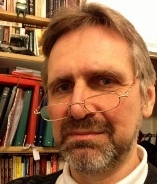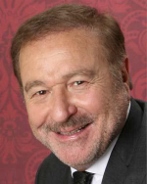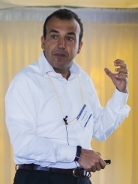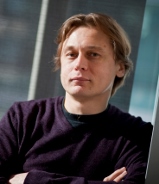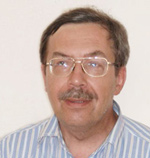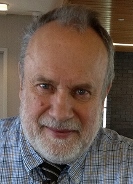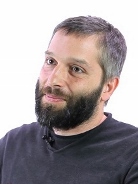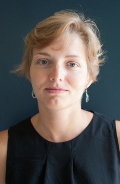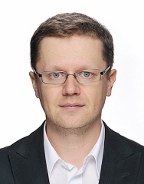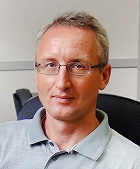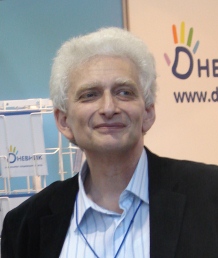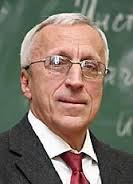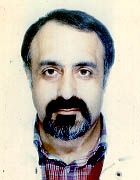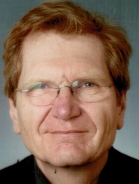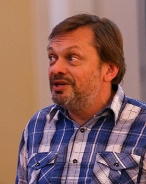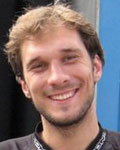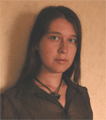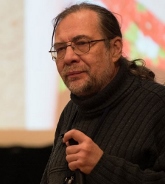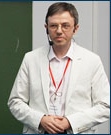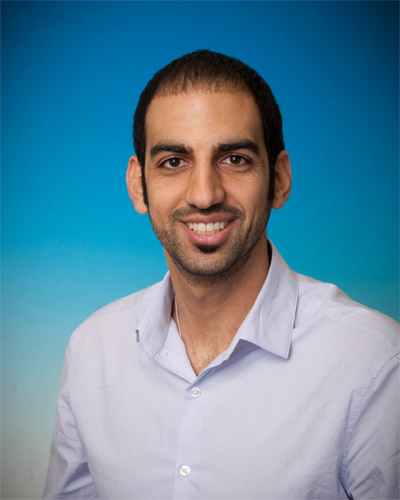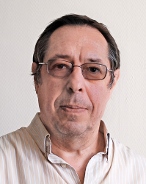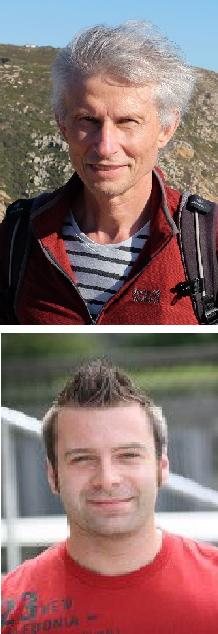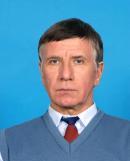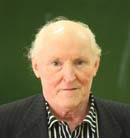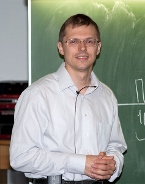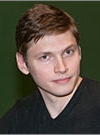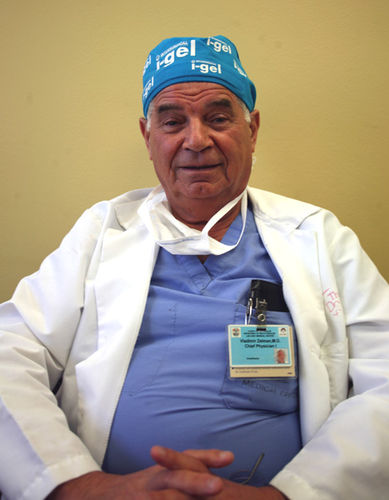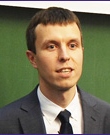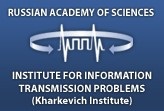Ian F. Akyildiz, received the B.S., M.S., and Ph.D. degrees in electrical and computer engineering from the University of Erlangen-Nurnberg, Germany, in 1978, 1981, and 1984, respectively. Currently, he is the Ken Byers Chair Professor in Telecommunications with the School of Electrical and Computer Engineering and the Director of the Broadband Wireless Networking Laboratory and Chair of the Telecommunication Group at Georgia Institute of Technology, Atlanta, GA, USA. Since 2007, Dr. Akyildiz is an Honorary Professor with the School of Electrical Engineering at Universitat Politecnica de Catalunya (UPC) in Barcelona, Catalunya, Spain, and founded the N3Cat (NaNoNetworking Center in Catalunya). Since September 2012, Dr. Akyildiz is a FiDiPro Professor (Finland Distinguished Professor Program (FiDiPro) supported by the Academy of Finland) at Tampere University of Technology. He is also the Consulting Chair Professor with King Abdulaziz University, in Jeddah, Saudi Arabia since 2011. He served as the ExtraOrdinary Professor with University of Pretoria, South Africa between 2007-2012. He is the Editor-in-Chief of Computer Networks (Elsevier), and the founding Editor-in-Chief of the Ad Hoc Networks (Elsevier), the Physical Communication (Elsevier), and the Nano Communication Networks (Elsevier). He is an IEEE Fellow (1995) and ACM Fellow (1996). He has received numerous prestigious awards from IEEE and ACM. He also received the 2011 TUBITAK Exclusive Award for outstanding contributions to the advancement of scholarship/research at international level. He also received the Humboldt Research Prize from the Alexander von Humboldt Foundation in Germany, November 2013. He graduated 38 PhD students of whom 28 became very successful Professors. He published more than 500 papers in first rate journals and conferences. His h-index is 90 and total number of citations is 71K+ due to Google Scholar as of May 2015. His current research interests are in 5G Cellular Systems, TeraHertz band communication, nanonetworks, software defined networking, and wireless underground sensor networks.
